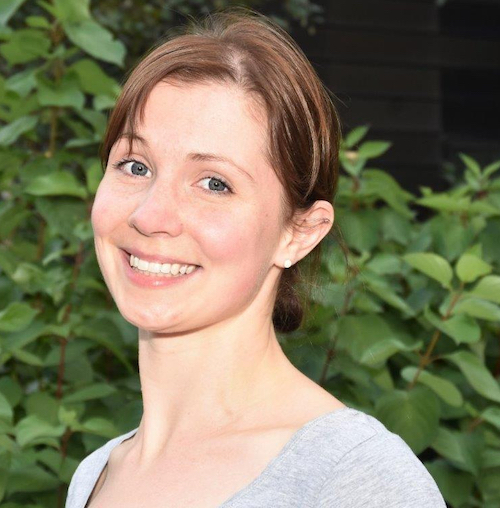The synthesis of molecular materials and supramolecular systems is challenging – in part because their formation and self-assembly is strongly influenced by reaction environment. We use three approaches to control supramolecular synthesis and/or self-assembly: 1) tuning the building blocks;1 2) varying the interaction strength between building blocks,2and 3) controlling the reaction environment.3,4
This talk will focus on approach 3, illustrating this via the semi-continuous formation of a macrocyclic molecular hinge. Molecular hinges provide a pronounced conformational change, but almost exclusively operate via dihedral rotations rather than truly hinge-like clamping mechanisms. We describe two isomeric macrocycles with clamp-like open and closed geometries, which crystallize as separate polymorphs but interconvert freely in solution.4 An unusual one-pot addition cyclization reaction was used to produce the macrocycles on a multigram scale from inexpensive reagents, without supramolecular templating or high-dilution conditions.
By performing the synthesis in a flow reactor with two heated coils, we were able to ensure optimal temperature for each step and automate reagent additions at fixed time points. Use of a dynamic back-pressure regulator (BPR) allowed the reaction temperature to be safely increased above solvent boiling point. Furthermore, a switching valve enabled automatic LC-MS analysis of the reaction mixture, providing insight into the reaction mechanism via detection of intermediates. This approach tripled the yield and optimized the selectivity at > 80% for a single isomer. This study showcases our ability to rapidly optimize reactions in flow using real-time data, and suggests some exciting ways forward to exploit flow technology in the field of supramolecular synthesis.5 The talk will finish by exploring how automation could further transform our approach to discovery in supramolecular chemistry.
References
[1] V. Abet† and F. T. Szczypiński† et al., Angew. Chem. Int. Ed., 2020, 59, 38, 16755-16763
[2] A. G. Slater et al., Nat. Chem., 2017, 9, 17-25.
[3] M. E. Briggs† and A. G. Slater† et al., Chem. Commun., 2015, 51, 17390-17393.
[4] C. D. Jones et al., J. Am. Chem. Soc. 2021, 143, 19, 7553–7565.
[5] K. Ollerton, R. L. Greenaway and A. G. Slater, Frontiers in Chem., 2021, 9:774987

Biography
Anna Slater is a Royal Society URF and Senior Lecturer at the University of Liverpool. Shereceived her PhD in supramolecular chemistry from the University of Nottingham in 2011. Following postdoctoral positions in porphyrin self-assembly (University of Nottingham) and porous organic cage materials (University of Liverpool) she took up a Royal Society-EPSRC Dorothy Hodgkin Fellowship in 2016 and a Royal Society University Research Fellowship in 2021, and was promoted to Senior Lecturer in 2022. Anna developed an interest in flow chemistry during her PDRA positions, recognising that flow technology has a lot to offer the supramolecular chemist; exploiting flow processes for enhanced control of chemistry is now a central theme of her work. Her research interests include molecular materials, enabling technology and organic synthesis and self-assembly.
Watch a recording of the presentation below:




